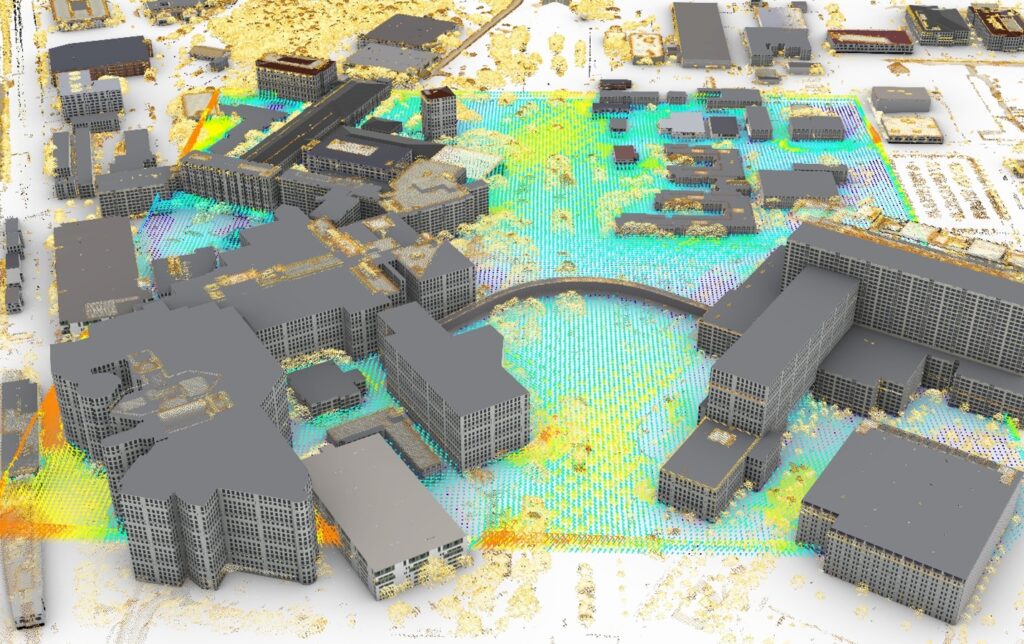
One of the most exciting and innovative aspects of the SWMD project is that it is embedded in the theory and praxis of Evidence Based Design (EBD). EBD is a process that uses scientific principles and empirical data to shape and contour physical environments. It’s predicated on the notion that technological advances and rigorous scientific research can be leveraged to refine, expand, and ultimately improve designers’ ability to create and manipulate space.
Emerging from a small corpus of research in the mid-1980s that showed a correlation between the physical environments in hospitals and health outcomes for patients and staff, EBD has slowly been gaining momentum and credibility in the design world where it’s known as the “quiet revolution.” EBD is nothing less than transformative. Not only is it changing design morphology and outcomes in epic ways, but it is doing so in ways that have the potential to make spaces healthier, safer, and more equitable.
In tandem with the EBD movement, new knowledge and ways of thinking have also been quietly unfolding in other disciplines, including urban health, landscape design, climate studies, urban green spaces, and sustainability. This body of work is emerging to become a call to action for aligning EBD to the environment and public health. Research has consistently demonstrated that mental and physical health are inextricably linked to the health of communities and that poor access to urban green space in cities is linked to depression, anxiety, asthma, cardio-vascular disease, metabolic disorders, and a host of other undesirable health outcomes. This research suggests that we can use the built environment to create resilience against diseases, and potentially reverse them, to improve the health of communities. And that’s what the plan is for the SWMD project! We are going to pull EBD from the periphery of design into the forefront of design and in the process transform the City of Dallas into a showcase for demonstrating how public health and public space can be reconfigured to create communities that we all want to live in.
To this end, the SWMD project is transdisciplinary in both scope and focus. We are merging EBD with urban and environmental studies, the biomedical sciences with the social sciences, city planners with microclimatic designers, qualitative research with quantitative research. And we are using state-of-the art methodologies and technologies to inform and guide data collection and assessment, design, and construction. From this platform of innovation, TTF is also committed to recording and benchmarking the trajectory of the project so that a robust empirical data base can be established. This will serve as a launching pad for bringing together a network of health researchers who can partner to create a Living Lab that can be used to study the healing benefits of nature long after the project is completed.
